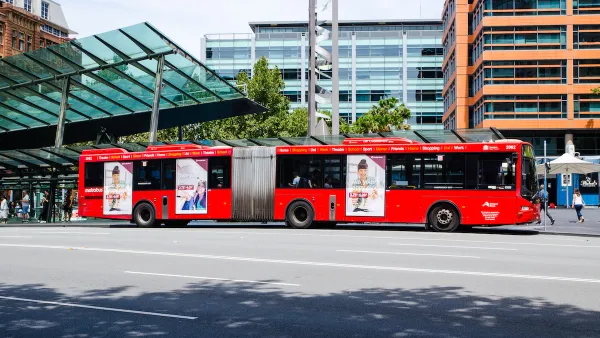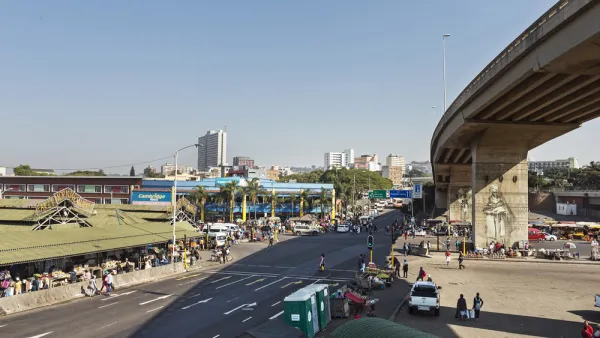Tim Williams argues that Sydney's ubiquitous and beloved terraced housing provides an exemplary model for developing environmentally efficient and livable communities. So why is their construction being stymied?
A mainstay of Sydney's housing mix until World War II, terraced housing "is characterised by small lots, attached housing, and street frontage," describes Williams.
"Because it was designed before the advent of the car, it was pedestrian
focused and close to transport. It is less land hungry than later
housing models, but provides a form of higher density living far more
desirable than badly designed apartments."
So why is it so difficult to build this housing form so prized by home-buyers and praised by New South Wales Planning Minister Brad Hazzard? According to Williams, "The answer turned out to be simple: Current council restrictions make
terraces all but unviable. If a developer wishes to build terraces, they
will typically require a rezoning and a sub-division application, which
often take years to process. Some councils even require terraces to
have underground or off-street parking, making them either prohibitively
expensive or simply not terraces at all. The result of this baffling
approach is that developers end up building either McMansions in
sprawling suburbs or high-rise apartments. The former isn't sustainable
and the latter isn't popular."
Williams calls on the state government to "hold a design competition to update the terrace in line with modern family needs" and to "encourage small lot, terrace or semi-detached housing within a 600-metre radius of every train station," in order to support a return to this time-tested precedent and more effectively meet Sydney's housing needs.
FULL STORY: Acceptable density: reinventing the Sydney Terrace for the 21st Century

Analysis: Cybertruck Fatality Rate Far Exceeds That of Ford Pinto
The Tesla Cybertruck was recalled seven times last year.

National Parks Layoffs Will Cause Communities to Lose Billions
Thousands of essential park workers were laid off this week, just before the busy spring break season.

Retro-silient?: America’s First “Eco-burb,” The Woodlands Turns 50
A master-planned community north of Houston offers lessons on green infrastructure and resilient design, but falls short of its founder’s lofty affordability and walkability goals.

Test News Post 1
This is a summary

Analysis: Cybertruck Fatality Rate Far Exceeds That of Ford Pinto
The Tesla Cybertruck was recalled seven times last year.

Test News Headline 46
Test for the image on the front page.
Urban Design for Planners 1: Software Tools
This six-course series explores essential urban design concepts using open source software and equips planners with the tools they need to participate fully in the urban design process.
Planning for Universal Design
Learn the tools for implementing Universal Design in planning regulations.
EMC Planning Group, Inc.
Planetizen
Planetizen
Mpact (formerly Rail~Volution)
Great Falls Development Authority, Inc.
HUDs Office of Policy Development and Research
NYU Wagner Graduate School of Public Service



























